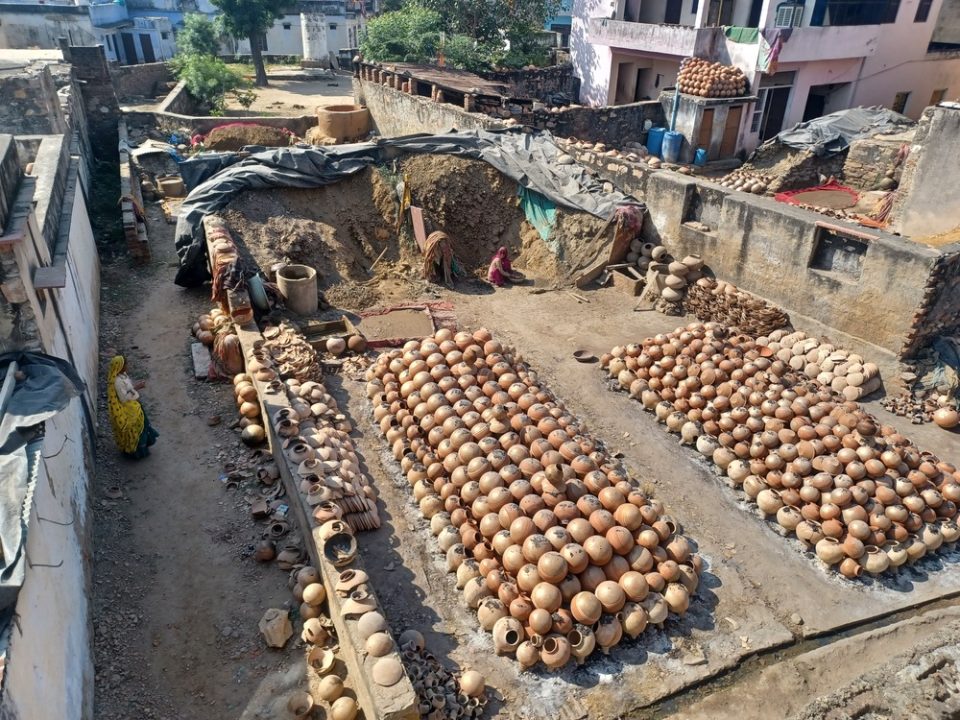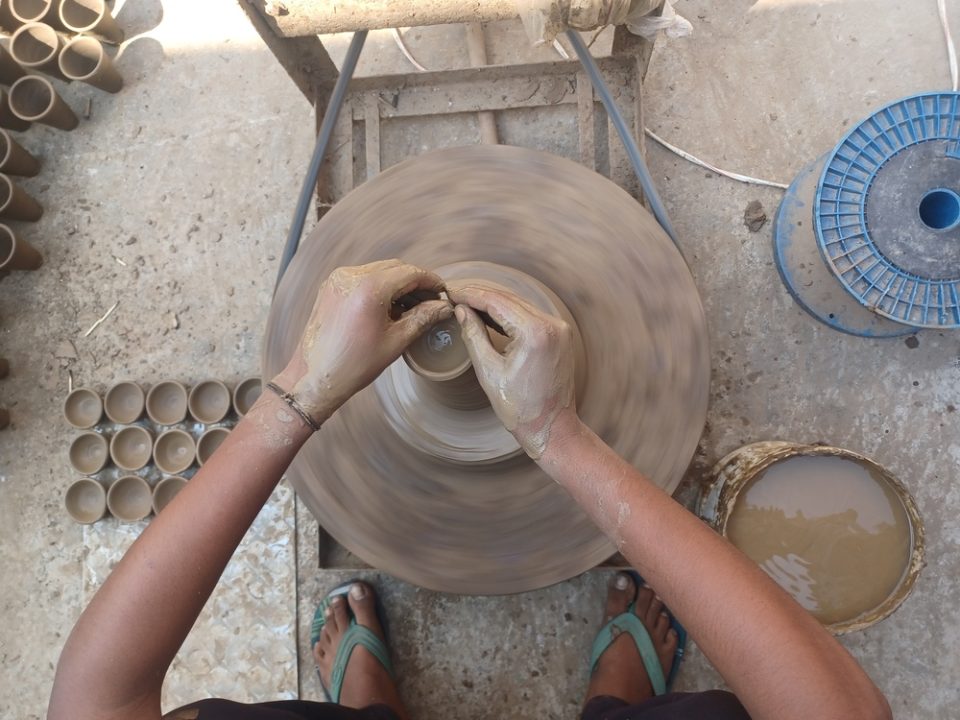Lac Bangles – The Making of A Colorful Ornament of Rajasthan
Who will buy these delicate, bright Rainbow-tinted circles of light? Lustrous tokens of radiant lives, for happy daughters and happy wives.
These beautiful lines by the Nightingale of India, Sarojini Naidu feel as alive and radiant today as they felt when they rejuvenated the first ears that were lucky enough to hear them. Indian women embrace the value of these bright, colorful ornaments that not only add a touch of delicateness to their wrists but to their lives too.
These fine round pieces of Jewellery may not worth a mountain but their emotional value makes every woman feel the richest while wearing them. Lac Bangles, in their different forms, witness a girl’s journey throughout from her life since she was a toddler with her cute wrists uninformed flaunting small bands to her teenage years and especially once she embraces womanhood.

Derived from the Hindi word ‘Bungri’, bangles have been winning the eyes, hearts, and souls of Rajasthani women from a time we can only think of. While the fancy plastic bangles can often be seen adorning the wrists of little girls, glass, gold, elegant glitter, and lac work replaces the fanciness as she ages.

The best bangle craftsmen reside in the heart of lac work in Rajasthan – Maniharon ka Rasta, Jaipur. One can often find bangle fanatics roaming around the narrow lane, listening to the sweet-filled sound of tinkling bangles, admiring the compelling colours, and bargaining with the shoppers over a price.
The history of Lac bangle craftsmanship in India goes back to the reign of the king of Jaipur Jay Singh. During the days of the establishment of the pink city, lac craftsmen were summoned by Maharaja from Manoharpur, Uttar Pradesh. They came & worked here, and their tiny, circular ornaments became so prevalent in the local women that they decided to shift their vocational base to Jaipur.

But that’s exactly not when our history addressed the antiquity of Lac. It goes further back to the times of Mahabharat, and Atharva Veda before that where there is a small mention of the Lac insect, and what it does. Lac is obtained by the residue of a secreted material by a species of insect Laccifer Lacca and Tachardia Lacca. Lac farmers obtain this residue and process it under several cleaning phases until they receive the odour & colour of lac we know.
Lac makers melt the pure lac and make an amalgam of lac and wax & titanium to add colour and cohesiveness. The molten lac is sticky. It sticks to the surface (a metal bangle ring for instance) it is applied. Therefore, when molten lac is obtained from mud kilns, it is primarily placed on an oil-coated metal place and then rolled into equal-sized pieces that fit the bangle design.
While men carry out the tough job of obtaining hot & semisolid material from a kiln, their wives, Maniharies, take the job of salesperson. The love for lac bangles in women has spread since the times of Maharaja and now, you can find a Manihari Lac Shop in any county or part of a city or village. Lac bangles are not just ornaments of Indian women, it’s their identity, something dear and precious to them, and something to smile and put on proudly. Bangles bring smiles on women of all ages. And that’s why it will never go out of fashion.
Image Credits – Google Images




